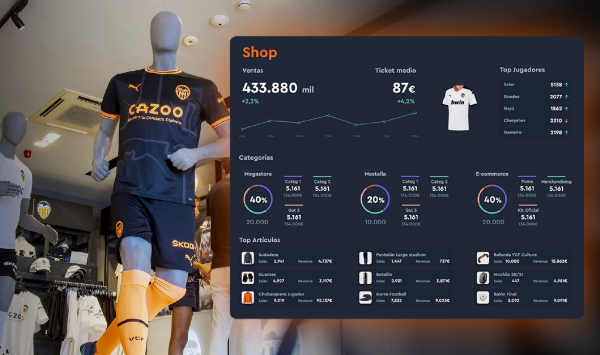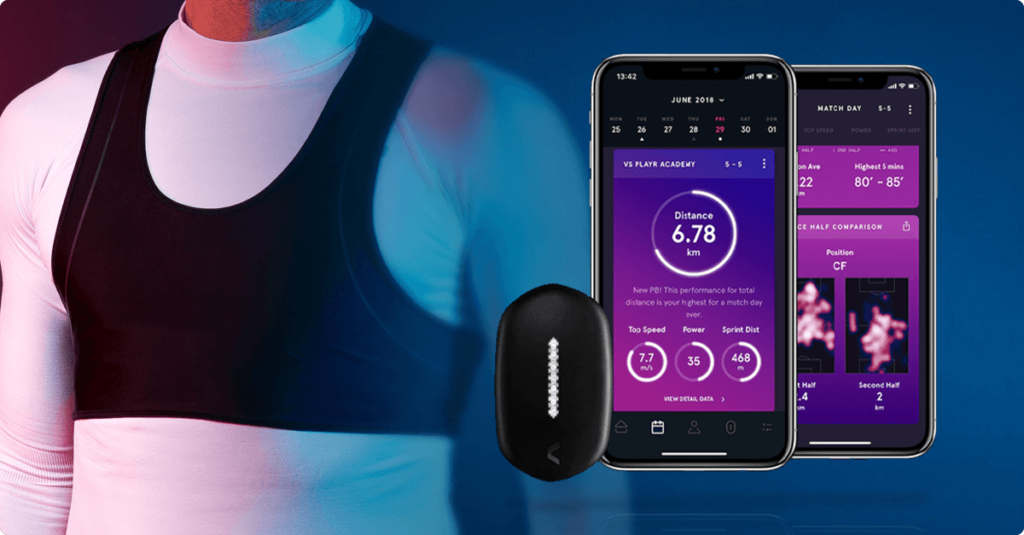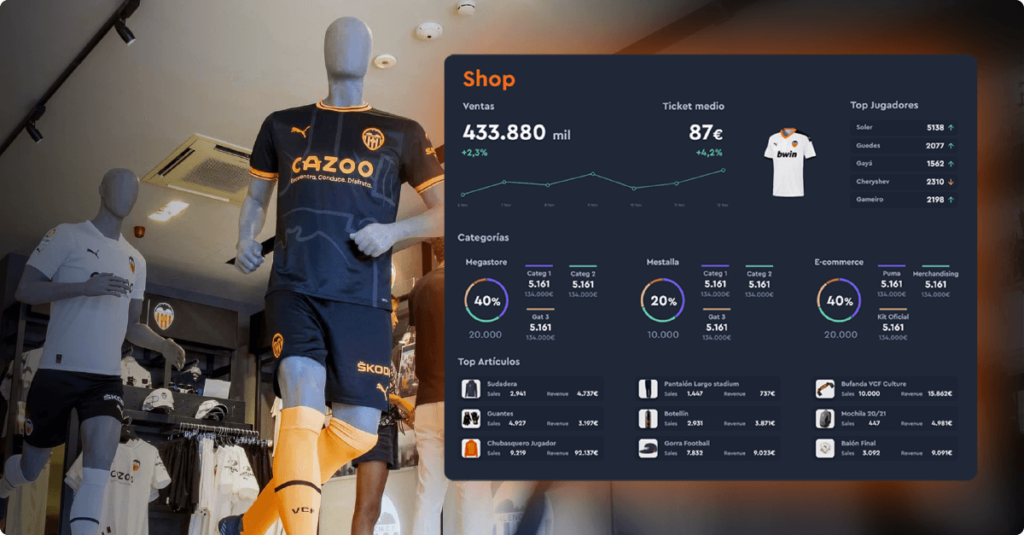Big Data in sports

Data and technology play a critical role in sports. Most fans may not even realize how widespread the use of data is. The savvy ones probably know that data is used to measure individual player activity, as well as to monitor and adjust team performance.
This can be seen, for example, in soccer, where the players have “bra-jackets” that have modern GPS adapted to the sport. During matches, coaches and physical trainers are able to know the distance covered, heart rate, sprints, impacts and other data of value to the coaching staff. This is why more and more time is being devoted to data analytics in sports. And, depending on the sport, league or country, the trend is growing.

In this article, we will delve into how all this data is used in the sports industry.
The use of Big Data in sports
The use of Big Data in sports has been an important issue for years, especially when it comes to marketing new products and services. The increased use of data in sports in recent times can be attributed to the rise of player statistics.
But not only on the field of play, but everything that surrounds the day of the match, such as ticket and merchandising sales, the real-time repercussions of the latest publications on social networks or simply what is happening at the entrances and stands of the stadium on the day of the event. These are very valuable data for teams as they can have marketing actions prepared in advance to achieve everything from full capacity for a match to increase the sale of jerseys of a player who is viral at that moment.

The data generated in sports is endless, such as the analysis of player performance or injury risks, which is used to improve their training and recovery programs. And just as data analysis is already immersed in improving players’ sporting performance, clubs are already implementing solutions that improve decision-making.
Big Data at Valencia CF
One of the clubs that started this digital transformation process was Valencia CF, for which we developed a Command Center. The data panel, composed of five modules, allows to visualize information on ticketing, access, store, social networks and digital behavior. Through comparative bar charts, evolutionary charts and interactive maps, the departments can, at a glance, obtain the most important information of each department.
Once we have the data at a glance, we realize that the key is to unify all this information so that sports management or team management is aware and, above all, foresee any fault or need through alerts before the problem occurs. Command centers are a fundamental part of strategic decisions, democratizing information, streamlining decision making and empowering teams.
Elite sports Big Data is here to stay and support athletes to reach their maximum performance, and also all the other departments that make up the clubs. However, data alone will never have the main role, as it is people who, through their decisions, will give the real value to the data.



